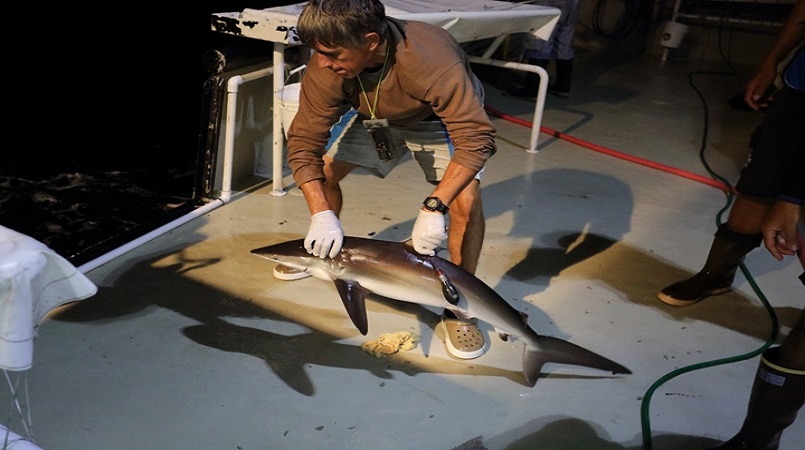
Scientists are hoping a recent tagging expedition in the Western Pacific will improve the assessment and understanding of tuna stocks.
Of particular concern are the movements of the heavily fished big eye tuna species which made up 75 percent of the 2,135 fish tagged during the 36 day expedition.
A Very little tagging of big eye tuna has been carried out in the Western Pacific in the past.
The expedition covered parts of the Exclusive Economic Zones of the Marshall Islands, Federated States of Micronesia, Nauru, Solomon Islands and Tuvalu.
The principal fisheries scientist at the Pacific Community Neville Smith said he is interested to see how tuna in the Western Pacific behave compared to other regions.
"Until this expedition tagging of bigeye tuna has been focused on the eastern and central Pacific and most of those tagged fish seem to head east," he said.
"Sort of towards the USA and ultimately out of the western and central pacific fisheries commission's area. So we are hoping by tagging fish in the west that we understand what the fish in the western pacific do."
The Deputy Director of SPC's Fisheries, Aquaculture and Marine Ecosystems Division, Dr John Hampton said these findings would have important implications for the structure of future big eye tuna stock assessments and the scientific advice for countries in the region.
Twenty-five silky sharks were also equipped with satellite tags which allows for the study of their migration patterns.
Photo: RNZ
